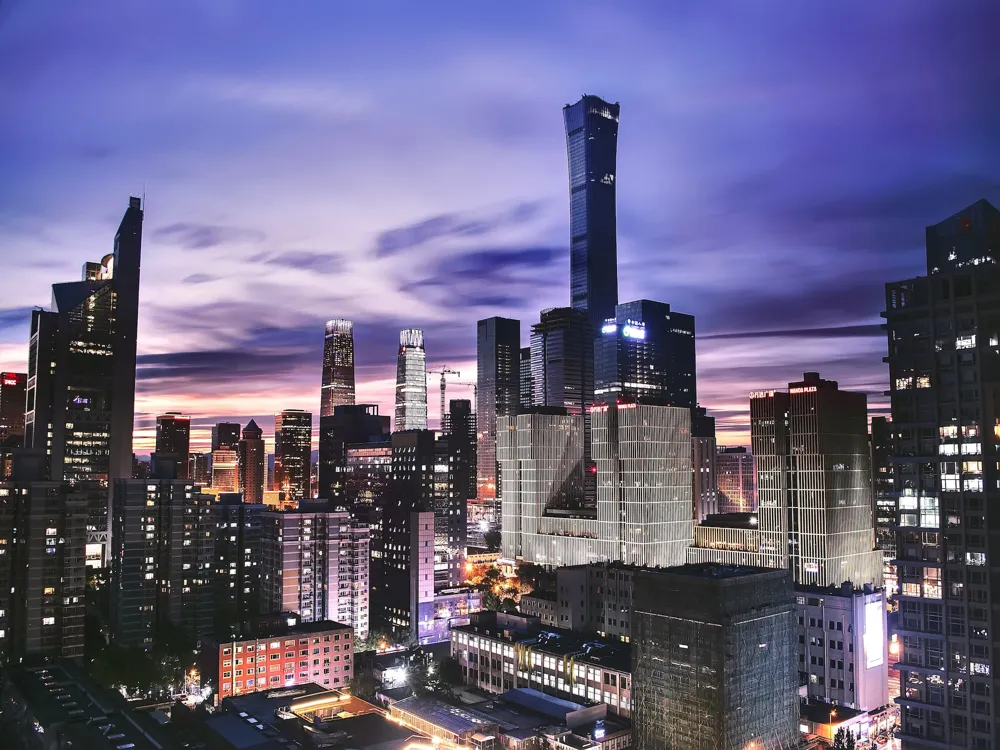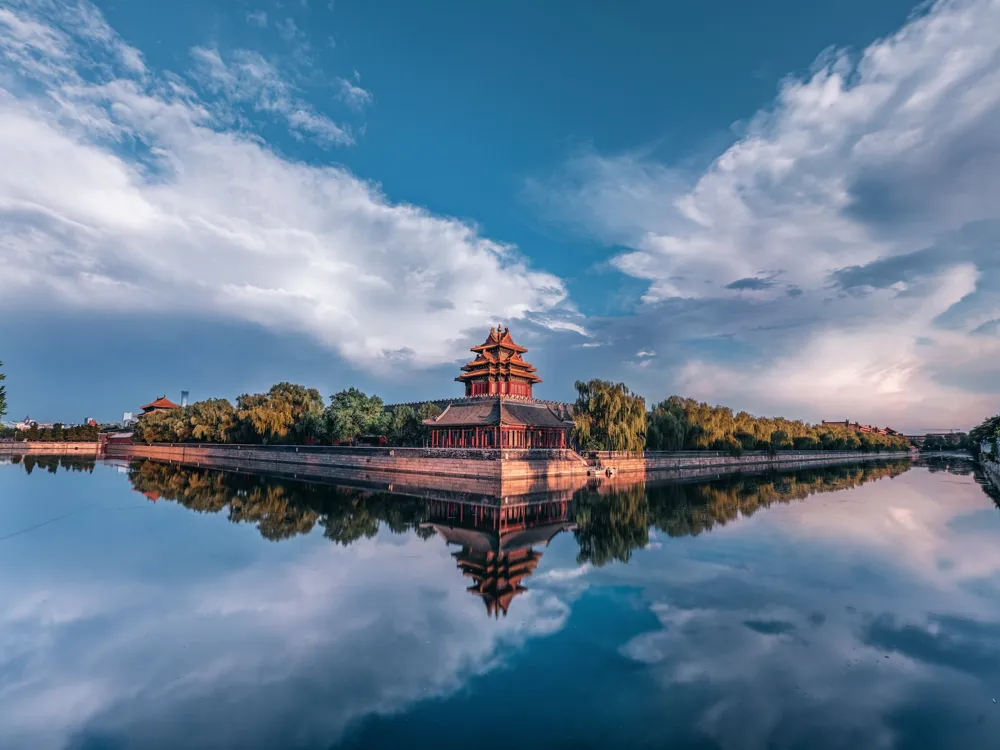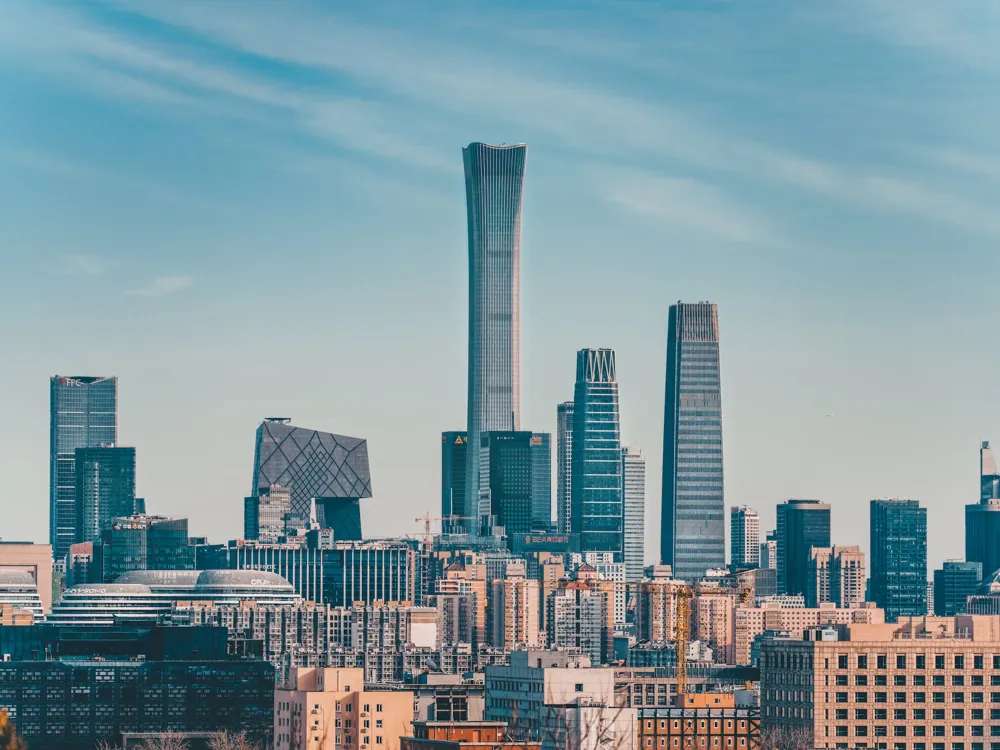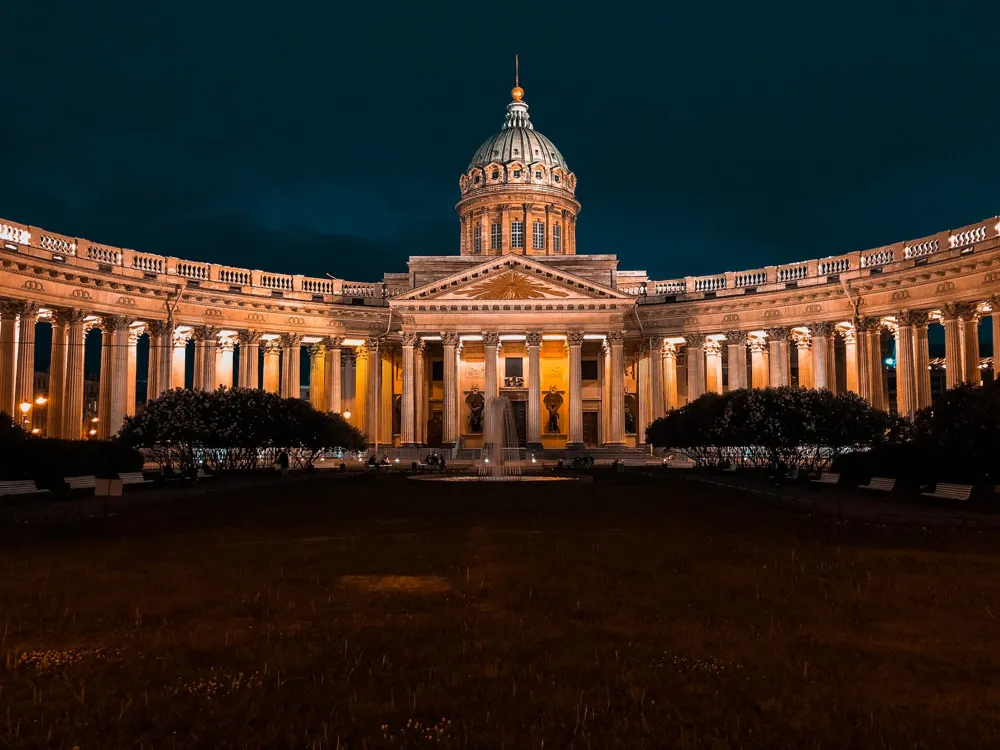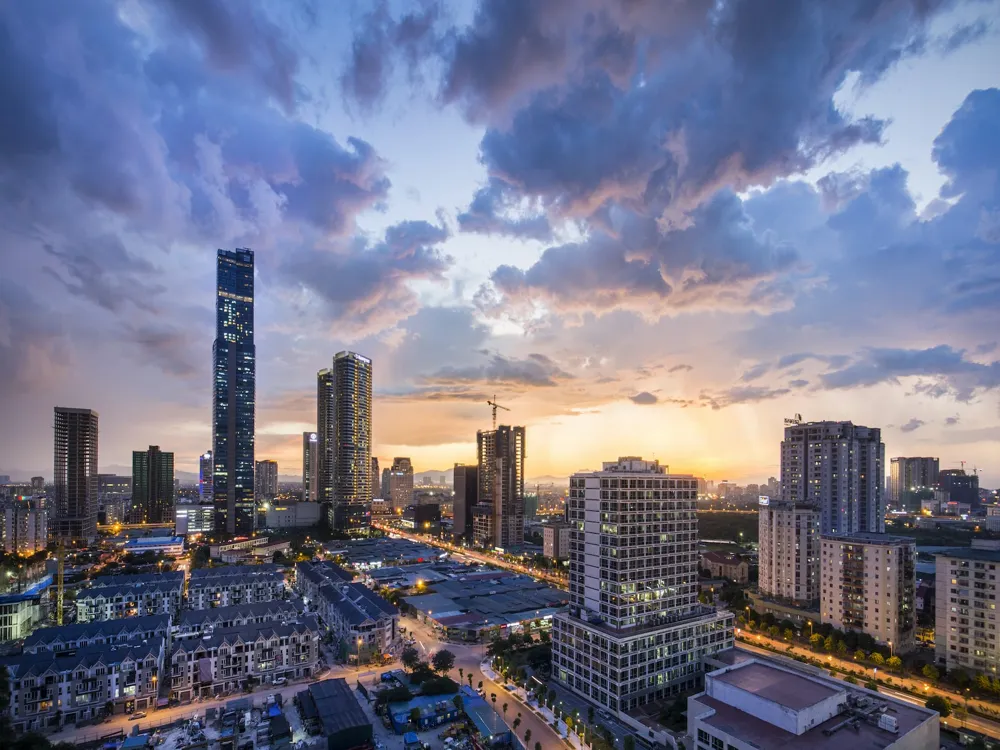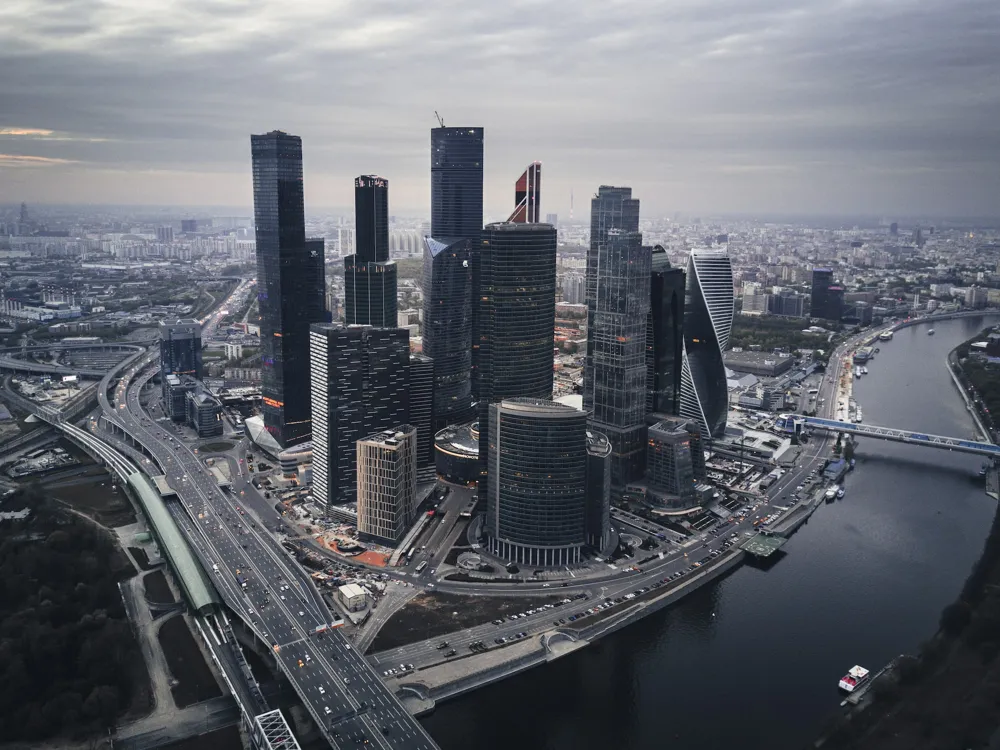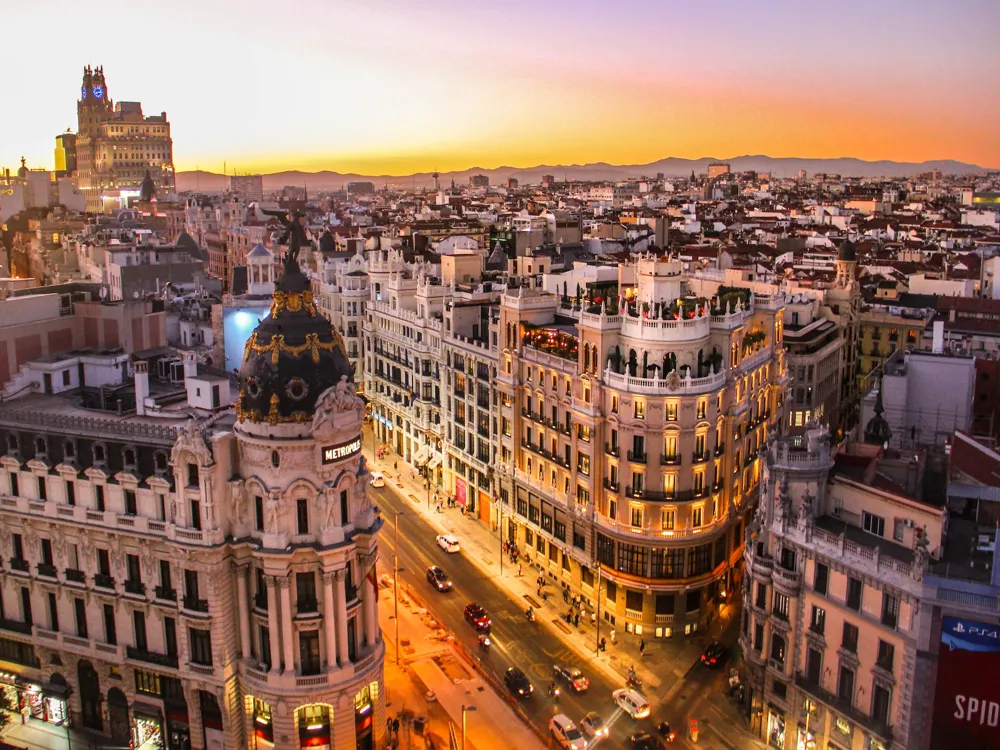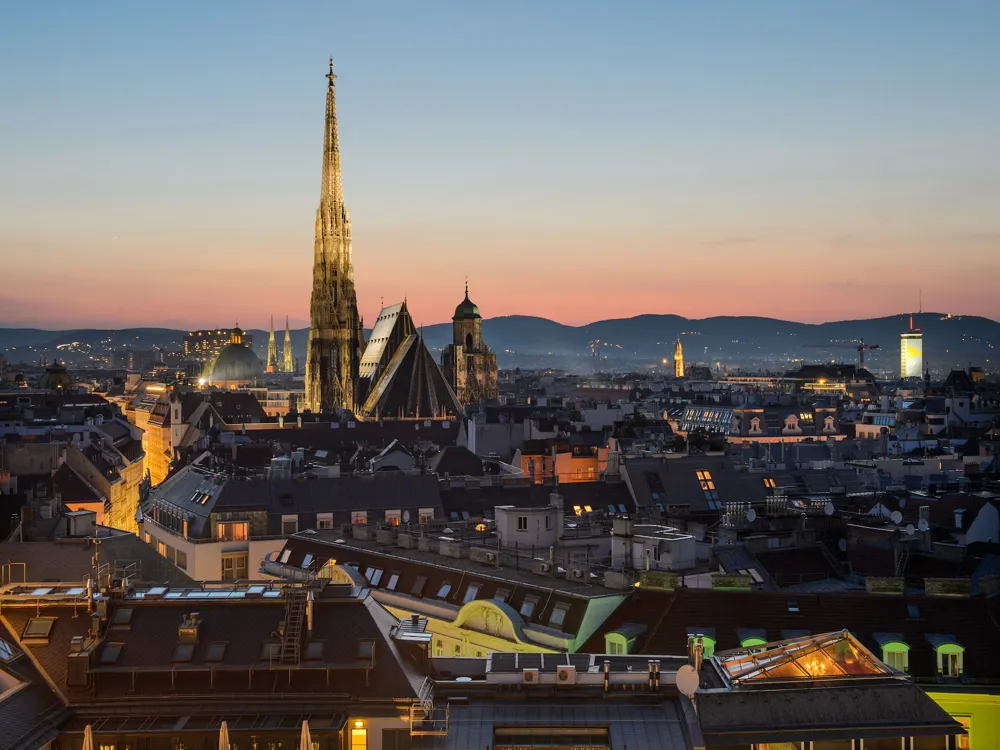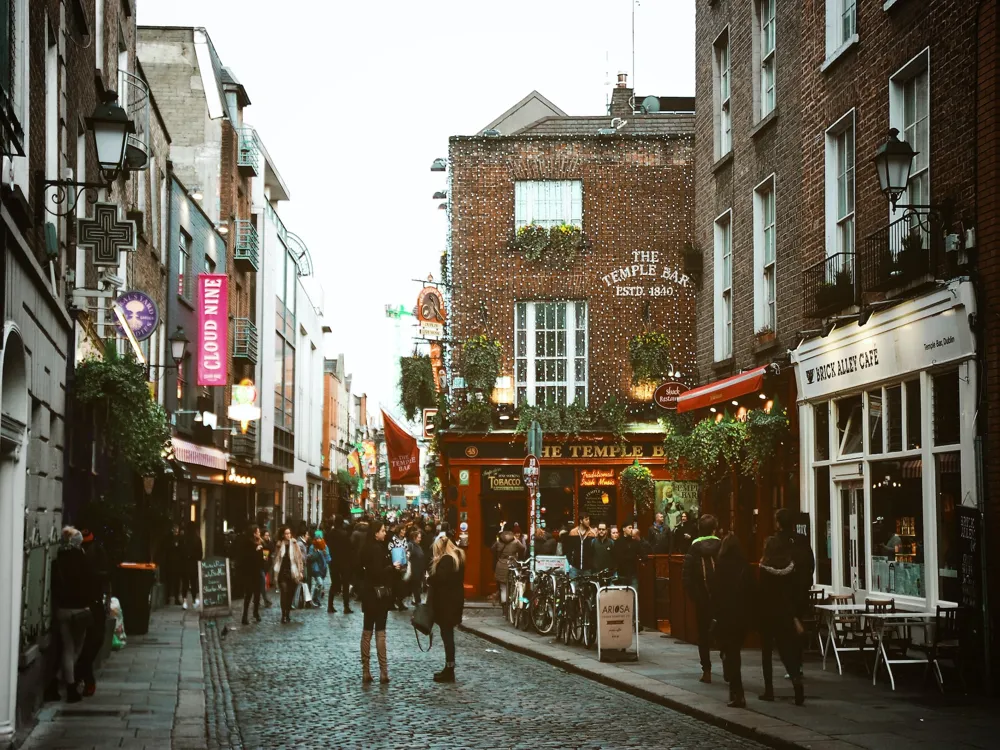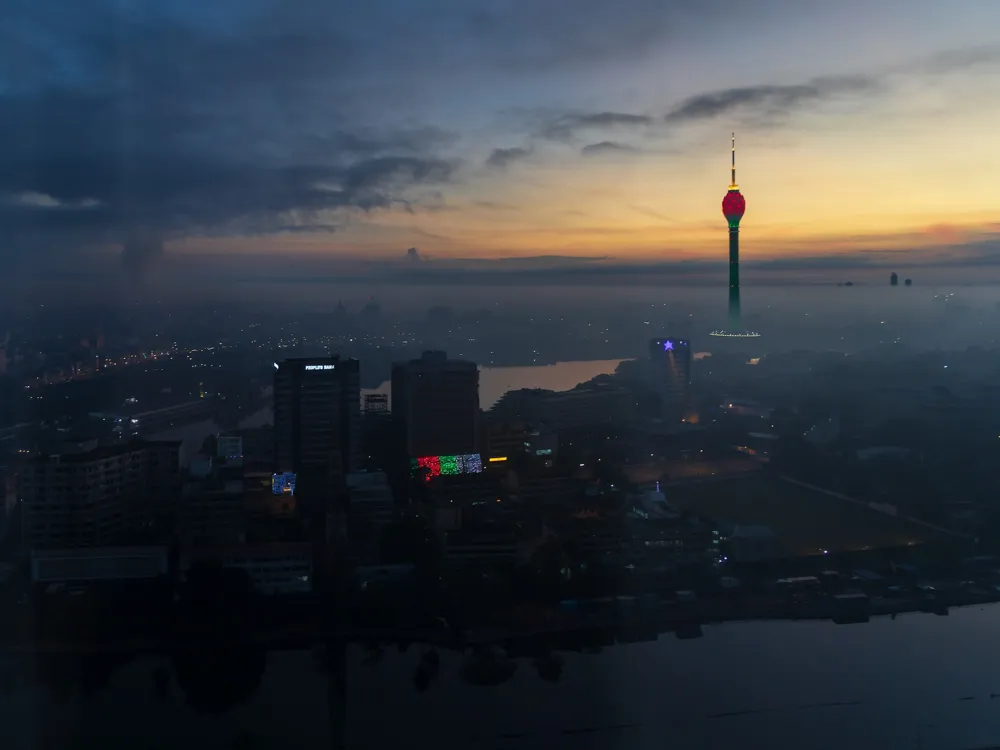Plan Your Travel To Beijing
Places To Visit In Beijing
Beihai Park
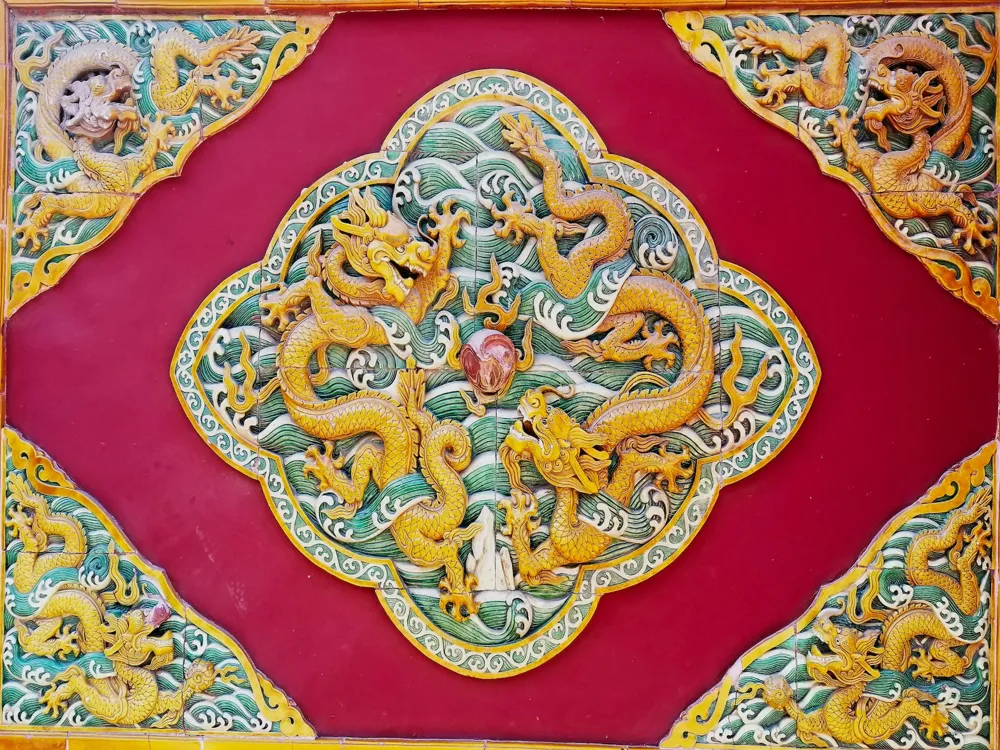
This huge public park at 171 acres is one of China's largest. It is a popular tourist destination adorned with many attractions.
The Beihai Park is one of China's best preserved imperial parks. In the park sits a lake, which covers the majority of the park's area. The lake's inspiration was drawn from the Taihu Lake, and it's canals like the ones in Hangzhou and Yangzhou. This is a recurring feature of imperial parks all over China, drawing inspirations from various regions of the country.
Of many of the attractions of the park, the most popular is definitely the White Dagoba on the Jade Flower Island, which is in the middle of the lake. The Dagoba is a 40 metre tall structure, made out of white stone. Other attractions include the Five Dragon pavilions, on the north bank, and the Nine Dragon wall north of that. There are a few Buddhist temples within the park as well.
You can spend a nice day out, exploring, and discover the many Chinese gardens and other places within the park area.
Read More
Beijing National Stadium (Bird's Nest Stadium)
This world famous stadium was built during the 2008 Beijing Olympics. It is also called the Bird's Nest Stadium due to it's similar design.
The home ground for the Beijing Olympics, the majestic and spectacular Beijing National Stadium (BNS) was built in just 4 years between 2003 and 2007. The stadium uses random steal beams to hide those required for the movable roof, and in doing so the steal beams gave the stadium the look of a bird's nest.
After the Olympics, the 80000 seater stadium as largely been used to host football matches, concerts, and some athletic events. There are plans to build a shopping mall and a hotel to attract a larger public towards it.
If you're visiting Beijing for the first time, this stunning stadium is worth a look.
Read More
Forbidden City
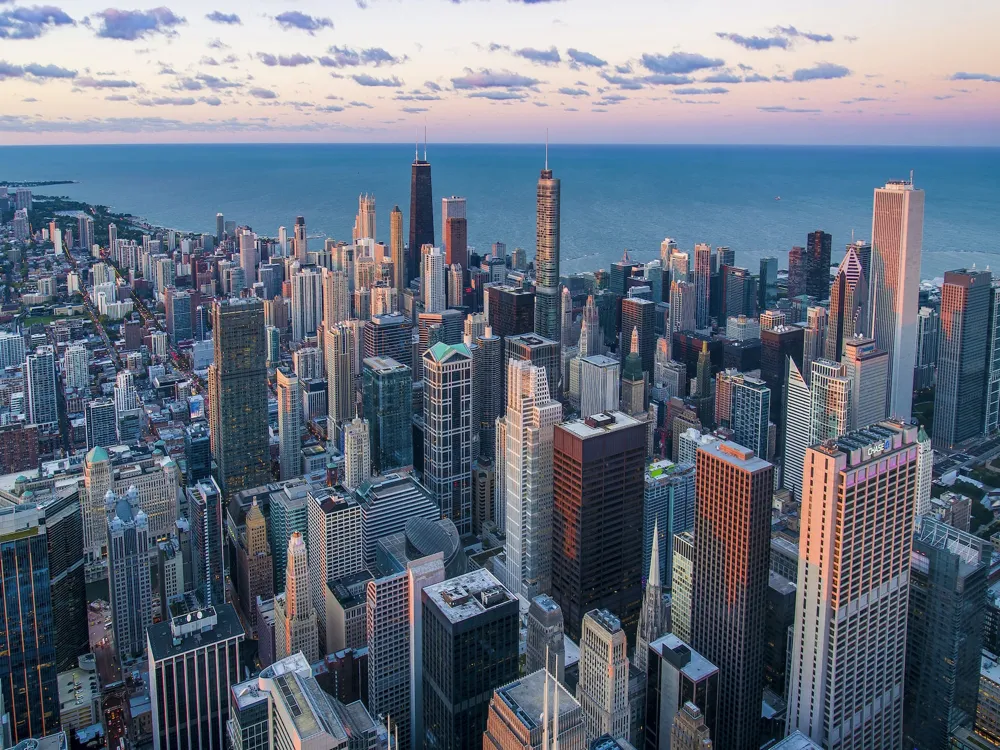
The Forbidden City is a 180 acre large complex which served as the palace of the emperor of China for 500 years between 1420 to 1912.
Glorifying the ancient Chinese palatial architecture, this sprawling complex contains within it 980 buildings. It is recognised as a World Heritage Site by UNESCO. It is named so because it was forbidden to enter the complex without the permission of the emperor.
Today, the Forbidden City is the location of the Palace Museum. It's divided into two parts, the Outer Court in the south where the emperor exercised his authority over his subjects, and the Inner Court in the north which was his residence. The entire complex is full of stunning architecture and buildings and is one of China's top attractions. The collections of the Palace Museum are unbelievably extensive, with more than a million artefacts of bronze wear, ceramics, paintings, jade and time wear.
You will start your tour at the Meridian Gate and exit out of either the Gate of Divine Prowess or the East Prosperity Gate.
Read More
Great Wall of China
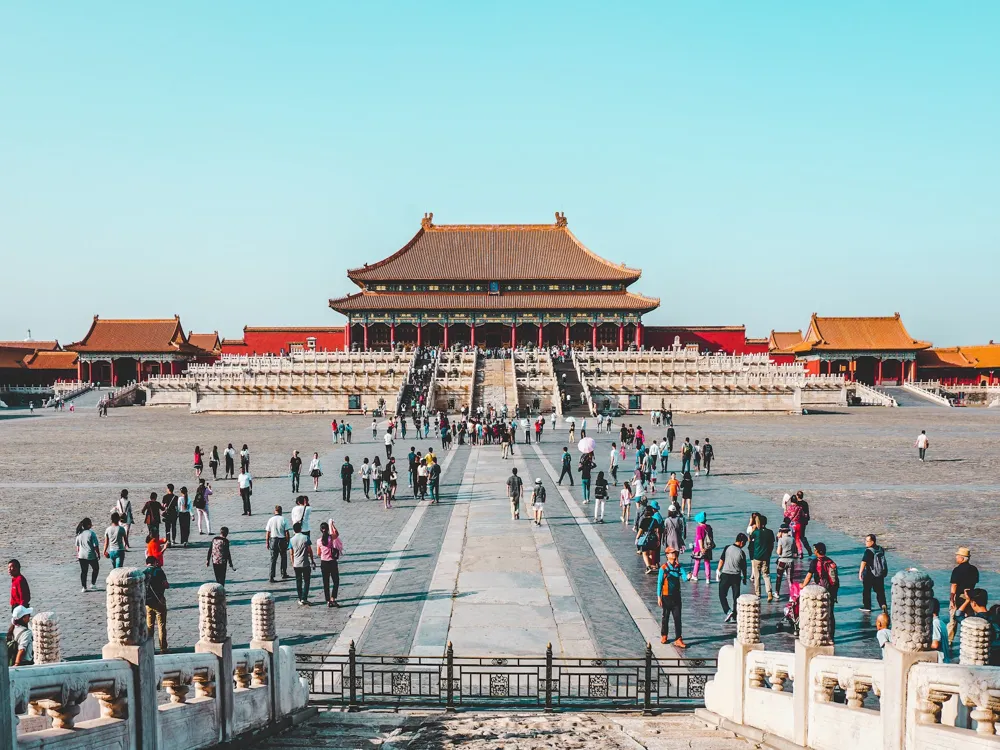
China's 'Wonder of the World', the Great Wall of China is not just China's but one of the world's top most visited attractions.
The Great Wall of China doesn't really need much of an introduction. Though the entire length of the great wall is not easy to discern, the beginning of it's construction dates back to 5th - 8th century BCE. Most of the wall that stands today, and is widely regarded as the 'great wall', was built during the reign of the Qing dynasty to defend the region against Mongol insurgents. The wall in it's entirety is 21196 km long. The Qing wall in itself stands at 8850 km, of which 6259 kilometres is actual wall and the rest is trenches and natural defences. This entire length is also complete with more than 25000 watch towers. Though a substantial part of the wall is today in ruins, around 30% of it, parts of the wall around Beijing are kept in top condition today, mainly because they are a huge tourist attraction. Areas near Beijing which see the most tourists are Jinshanling, a famous hiking track and Mutianyu, the best kept section of the Wall. There are various tours of the great wall, and many sections you can visit depending on your preferences. And if you went to China and didn't see the Great Wall, did you really ever go to China?
Read More
Jingshan Park
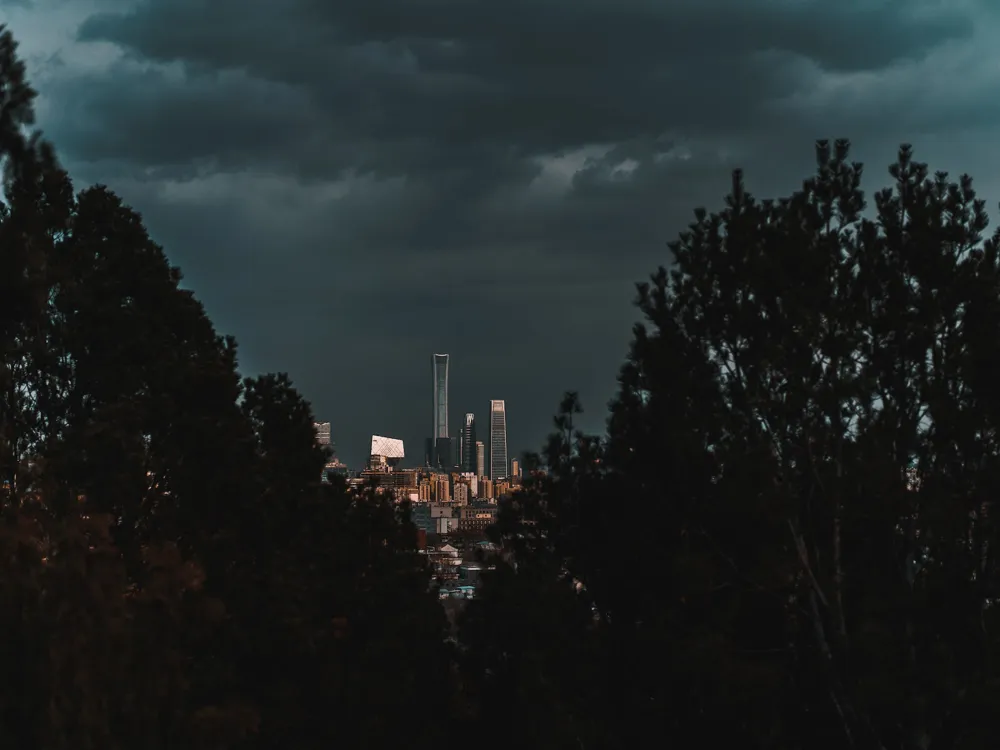
Located on the Jingshan Hill, just north of the Forbidden City, Jingshan Park is another royal garden open to the public.
The Jingshan Park actually dates back to the Ming Dynasty's Yongle Emperor, who had the entire hill manually made, and further beautified. It served as a recreational park for the families and officials of the Ming Dynasty. During the reign of the Qing Dynasty, pavilions were built atop the 5 hills of the Jingshan Park. Originally, each pavillion also contained a bronze statue of the Buddha, but these were lost during war with the French and the British.
The park was then open to the public in 1928 for the first time after the end the Qing Dynasty, and then heavily renovated and opened formally to the public in 1949. The Wanchun Pavilion which is on the summit of the highest hill provides great panoramic views of the Forbidden City. The park in itself is quite a picturesque attraction.
Read More
Juyong Pass

At a distance about 50 kilometres from Beijing, the Juyong Pass was one of the three strongest barriers of the Great Wall of China.
The original military structure was built back around 400 BCE, and was connected with the Great Wall of China around the 4th century. The pass also contained the Cloud Platform, a gate complex built by the Yuan Dynasty in 1342. This was subsequently destroyed, however, the white marble floor of the platform, as well as, intricate carvings on the arched portal and the platform can still be seen today.
The mountains on both sides of the valley back in the day provided great strategic advantage, and today provide great scenic beauty.æ
Read More
Ming Tombs

A site chosen according to the Chinese Feng Shui which houses the tombs of 13 Ming Emperors. The tombs are also a World Heritage Site.
The Ming Tombs are located at the base of the Tianshou Mountains, approximately 50 km from Beijing. They were built as a memorial site by emperors of the Ming dynasty. However, these tombs only include the those of the last 13 Ming emperors. The Hongwu Emperor had his burial made near his capital of Nanjing.
The first Ming emperor to have his tomb built here was Yongle Emperor, in accordance with the rules of the Feng Shui. This valley was then used by the subsequent Ming emperors as their resting place.
The road leading up to the tombs is called the Spirit Way, and is lined with many statues. Many additions were made to the tomb complex during the time of the Qing dynasty as well, who realised the historical importance of the site. One of these is the Shengong Shengde Stele Pavilion, complete with a statue of Bixi and marble pillars.
Today, only three of the tombs are open to the public. Even then, this site is one full of marvellous structures, rich history and amazing beauty.
Read More
National Museum of China
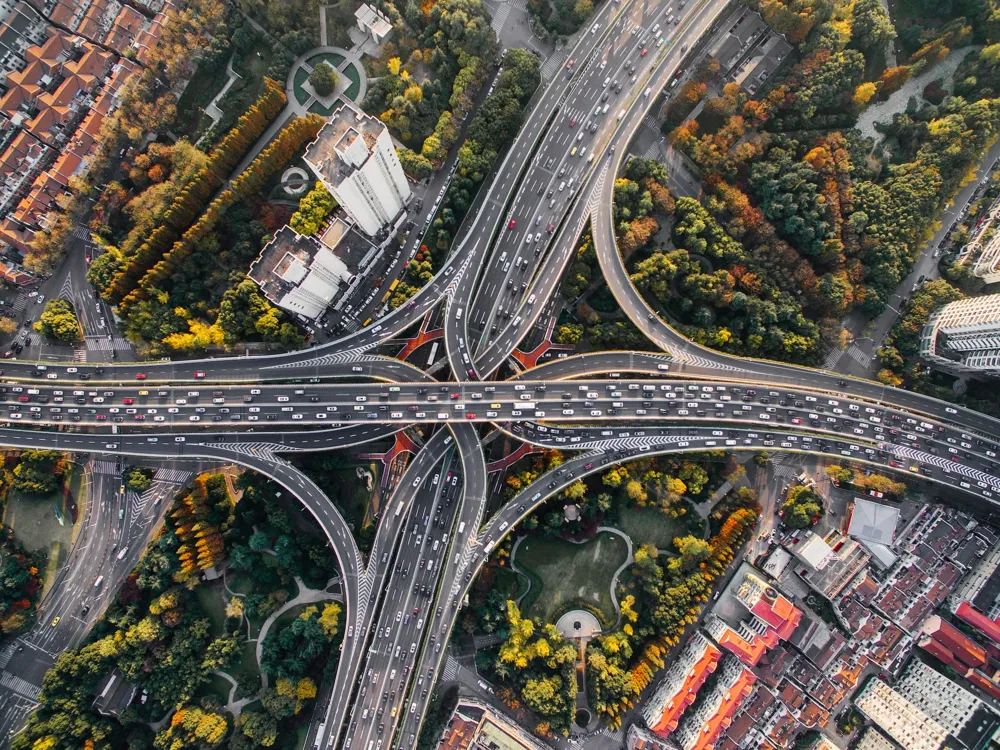
Located to the east of Tiananmen Square, the National Museum of China takes you back into the artistic and cultural history of China.
The building of the museum was built in 1959, as part of the Ten Great Buildings built on the 10th anniversary of the People's Republic of China. Back then, there were two museums within it, the Museum of the Chinese Revolution and the National Museum of Chinese History. These two were converged into one, and the National Museum of China opened in 2003. It was further renovated and opened in 2011, now housing an enormous 48 exhibition halls.
The sheer size of the collection is staggering, with artefacts and relics dating as far back as 1.7 million years! The museum's collection traces the history of China from the Yuanmou man to the end of the Qing Dynasty, including relics from the First Opium War of 1840. The permanent collection of the museum has more than a million displayed objects in total.
All these collections are showcased in around 13 permanent exhibitions in the museum. Today, this major tourist attraction is one of the largest modern museums of the world.
Read More
Old Summer Palace
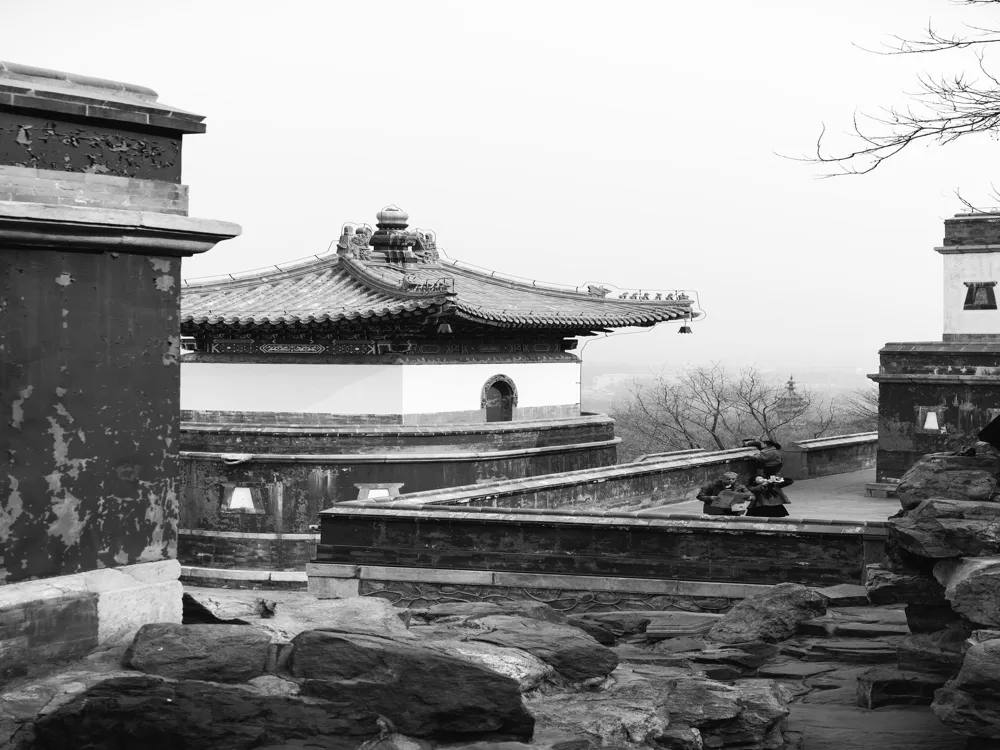
The Old Summer Palace served as the residence and the working place of the emperors of the Qing Dynasty after the Quanlong Emperor. Today, the stunning garden complex is in ruins.
The Old Summer Palace used to be one of the most spectacular complex of palaces and gardens in all of Beijing. It was raided and destroyed by the British during the second Opium War, and today is a popular and scenic tourist attraction.
It had three main parts, Yuanmingyuan, Wanchunyuan (the Garden of Blossoming Spring) and Changchunyuan (the Garden of Eternal Spring). It was heavily adorned with beautiful pavilions, pillars, statues, ponds, rockeries and so on. Being the residence of the emperor (Forbidden City was only the official residence), a huge effort had gone into making it the most premier location in China. A lot of the architecture was taken from the west as well, giving the garden a distinctive identity from typical Chinese gardens, which were usually a fusion of inspirations drawn from inside China.
In present day, a lot of these objects and artefacts are displayed in European museums, leaving very little in the garden itself. However, visiting the Old Summer Palace and seeing the ruins of the stunning buildings and structures, one can imagine what it was like in it's prime.
Read More
Shichahai
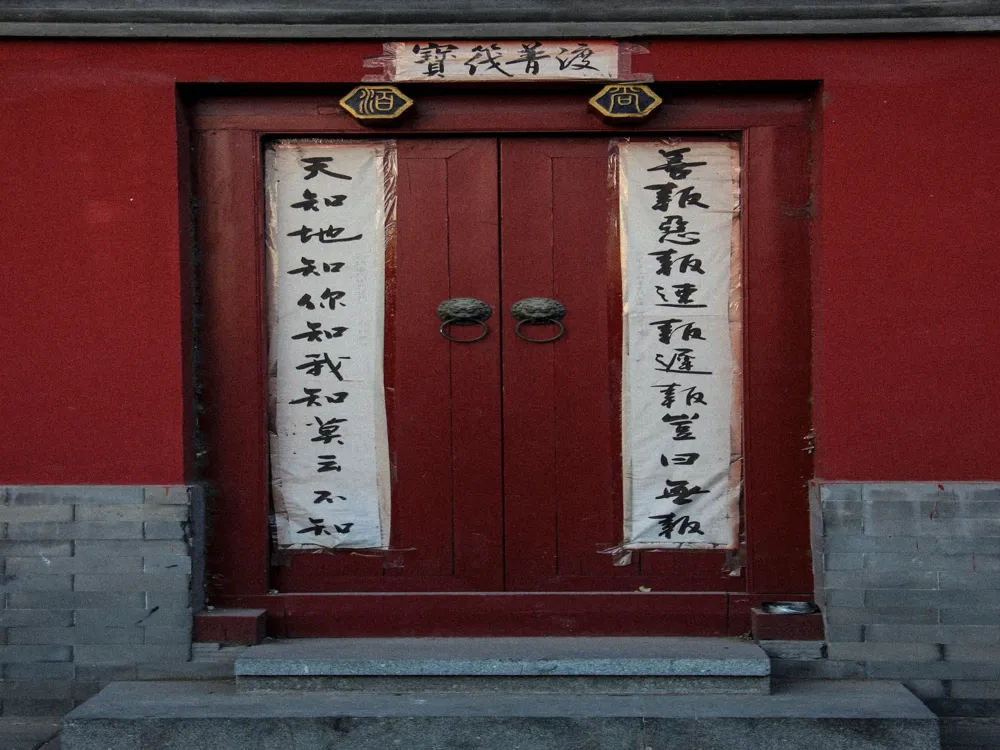
It is a popular sightseeing spot, consisting of three beautiful lakes and the surrounding neighbourhood.
The Shichahai region is a wonderful recreational and scenic area in northwest Beijing. It consists of three lakes, the Houhai, the Qianhai, and the Xihai. The Houhai is the largest of these three.
The lake area used to be a retreat for the people of the Ming Dynasty, with it's scenic views and pleasant atmosphere, and hence, many of their mansions and residences can still be seen around the neighbourhood.
Today, the neighbourhood is also a popular place among tourists and locals alike. This owes to the fact that a lot of the old residences were converted into bars and restaurants, and the chill vibe of the neighbourhood coupled with the lakes makes Shichahai a popular attraction.
Read More
Beijing Travel Packages
View All Travel Packages Beijing
Nearby Places Beijing
Browse Package Collections
Browse Hotel Collections










